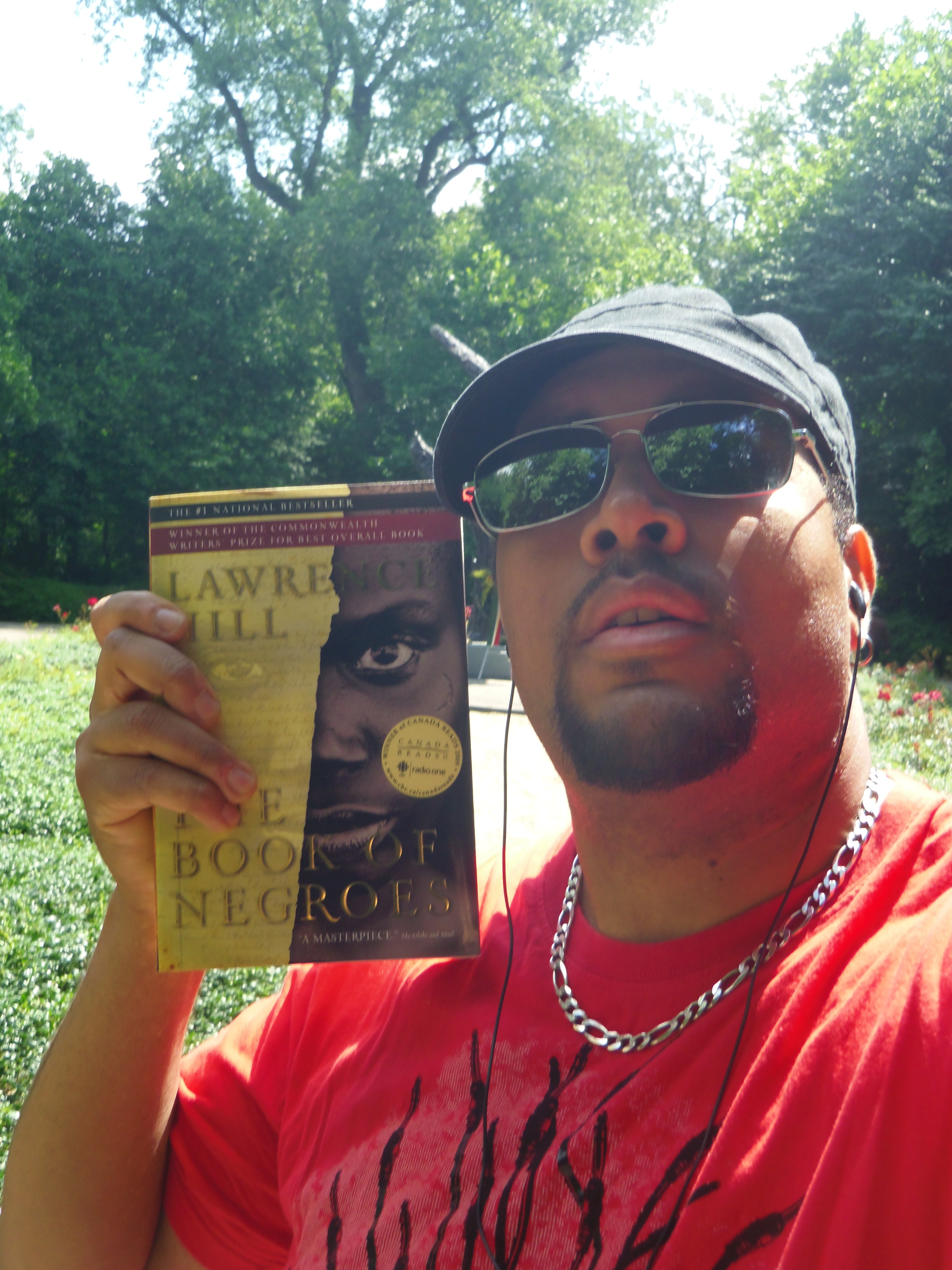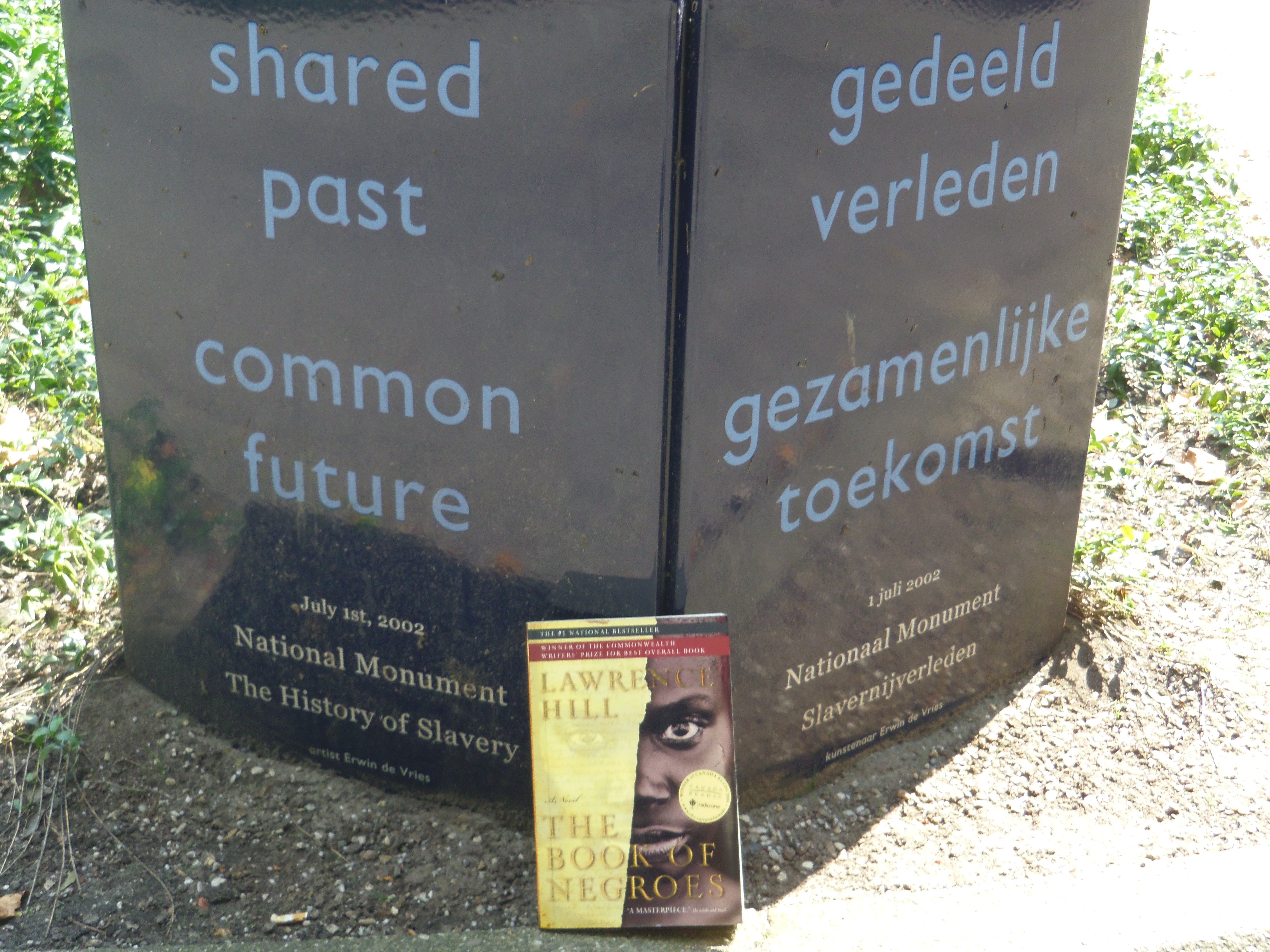“Intersectionality” is a word that is new to my lexicon – a lexicon that constantly expands as I delve deeper into the anti-racist and feminist literature. The word intersectionality refers to (so far as I can tell) the way in which identical variations in one variable can elicit a differential result based on a third variable that doesn’t seem to be related. For example, men and women have good reason to react differently to seemingly-innocuous stimuli, like being approached for sex late at night on an elevator. It is not the nature of the stimulus on its own, but the intersection of the stimulus with the third variable of gender that determines the nature of the response.
Those of us familiar with multivariate regression modeling (yes – this is the single lamest thing I have ever bragged about on the internet) can easily wrap our heads around this concept. For others, it can become quite difficult to grasp how something that might seem completely unrelated to an event could completely change the way we react to that event. To help illustrate the concept, and to tip my hat to one of my favourite comic artists, I am entitling this post Same Planet, Different Worlds.
For historical reasons, race and religion in the United States are not independent variables. However, in a scientific sense there is no biological or chemical reason why, for instance, black people would be more religious than white people. However, we do see an interesting intersection between race, religion, and attitude toward interracial marriage:
Pew’s February Political Typology Poll asked people about recent trends in American society. Pew asked if “more people of different races marrying each other” was good or bad society. Overall, only nine percent of Americans said it was bad for society. However, 16 percent of white evangelicals said this, more than twice the opposition found among other Americans (7 percent). The survey found that 27 percent of Americans overall said more interracial marriage was good for society, compared to 17 percent of evangelicals.
The first thing I want to draw your attention to in the above excerpt and figure is the difference that simply being religious makes on one’s attitude toward interracial marriage. When compared to those who reported having no religion, far fewer Christians look at an increase in marriages that transcend racial barriers as a positive outcome for society. There is nothing inherent in Christianity stating that racial groups are created separate. That kind of idea has been imprinted onto Christianity in the United States since the days of Emancipation, but it is not biblically doctrinal. That being said, because it has become doctrine in many branches of American Christianity, it is no surprise to me that religion would have this effect.
The second thing to look at, however, is the effect that being black and religious has on these attitudes. While the number who view such marriages positively is more or less neck-and-neck with their coreligionists, the number that view them negatively is tiny. It is the intersection of the dueling identities of ‘black’ and ‘Protestant’ that fuels this outcome. Because ‘miscegenation’ is still anathema to the American Christian,* there can be no approval of race mixing. However, at the same time black people have remarkably different attitudes toward interracial marriage. Because of the prevailing societal attitudes about the different races, there are remarkably different social implications for a black person in an interracial marriage than a white person.
I have tried my best so far to avoid using judgmental language in this discussion. It’s difficult, because obviously the subject of interracial marriage is very personal to me. However, I have to remain mindful of the fact that these peoples’ opinions are the product of their environments, rather than some deficit in their character (more on that on Monday). That being said, I can definitely attack the ideas they hold with no restraint, which I will do now.
The kind of evil that fuels the nearly 20% of white evangelical Christians is possible only when you think your small-mindedness is justified by some kind of divine mandate. While there will always be some hateful people in every group, please let these findings put to rest the idea that Christianity makes people more tolerant or better people. What it does, what all religions do, is give people permission to throw aside introspection and thought-based ethics in favour of easy answers and a false sense of superiority. Considering the insular nature of many evangelical communities, the lack of exposure to dissenting opinions simply serves to make matters worse.
I have a sneaking suspicion that most people I know would think that “doesn’t make much of a difference” is the ‘correct’ answer. After all, we are told we are not supposed to have feelings about race, either positive or negative. Personally, if I were asked this question I’d say that more intermingling of racial groups is definitely a good thing for society, since it furthers the erosion and blurring of the lines separating racial groups. When you have kids whose parents are two different ‘things’, then it’s kind of difficult to see either one or the other as superior (though God knows South Africa tried).
To bring it back to my original point, it’s important to recognize that ‘intersectionality’ is a real force, and understanding it is key to understanding why members of a group might have different reactions to an event. It’s certainly important to understand if you, for instance, want to increase the number of visible minorities in your political movement (wink wink, nudge nudge).
Like this article? Follow me on Twitter!
*It is important at this point to note that I don’t think that all Christians in the United States are race-baiting hate mongers. I am merely making the point that this type of ‘safeguarding’ of ‘racial purity’, when couched in religious language, comes from a uniquely American brand of Christianity.






